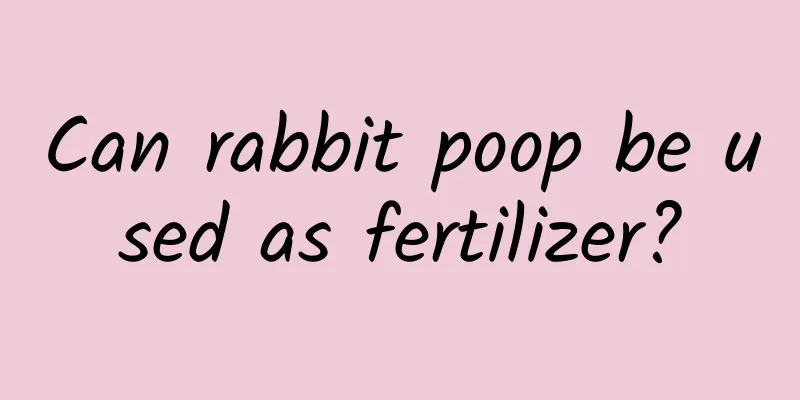Do your flowers need watering?

Pinch and twist methodPinch the soil in the pot with your fingers. If the soil is powdery, it means the soil is dry and you should water it immediately. If it is flaky or granular, it means the soil is moist and you don't need to water it for the time being. The above test methods are all based on experience. They can only tell people the approximate dryness or wetness of the potting soil. If you need to know the exact dryness or wetness of the potting soil, you can buy a soil thermometer, insert the thermometer into the cover, and you can see the words "dry" or "wet" on the scale, so you can know exactly when to water. Finger testGently insert your finger into the soil about 2 cm deep and touch the soil. If it feels dry or rough and hard, it means the soil is dry and needs to be watered immediately. If it feels slightly moist, fine and soft, it means the soil is moist and you don't need to water it for the time being. Visual inspectionUse your eyes to observe whether there is any change in the color of the surface of the potting soil. If the color becomes lighter or grayish white, it means that the potting soil is dry and needs watering; if the color becomes darker or brown, it means that the potting soil is moist and you don't need to water it for the time being. Finger measurement method. Gently insert your finger into the soil about 2 cm deep and touch the soil. If it feels dry or rough and hard, it means the soil is dry and needs to be watered immediately. If it feels slightly moist, fine and soft, it means the soil is moist and you don't need to water it for the time being. PercussionUse your finger joints to gently tap the upper middle wall of the flowerpot. If it makes a crisp sound, it means the soil in the pot is dry and needs to be watered immediately. If it makes a dull sound, it means the soil in the pot is moist and you do not need to water it for the time being.
|
<<: Six rules for growing flowers
>>: Three common misunderstandings about flower cultivation
Recommend
The difference between red maple and Japanese maple can be distinguished by these four points!
Difference 1: Branches The bark of the red maple ...
Planting conditions of Phoebe nanmu
1. Soil suitability When planting golden nanmu, y...
When is the best time to harvest Dendrobium?
After Dendrobium matures, the old stems are usual...
The causes and treatment methods of yellow leaves of purple-leaf dwarf cherry
1. Insufficient light Reason: Purple-leaf dwarf c...
The difference between Pansy and Pansy
1. Pansy Viola is a perennial herb with short flo...
The cultivation methods and precautions of Yulu
Morphological characteristics The appearance of Y...
How to grow potted lilies and what to pay attention to How to grow potted lilies
There are many types of lilies, including the com...
How to grow more lateral buds on the money tree
1. Cut off the head to produce side shoots It is ...
Cultivation methods and precautions of four-season chrysanthemum
Four-season chrysanthemum is relatively easy to g...
Where is the best place to plant coix seed?
Job's tears planting area Generally, Job'...
How to disinfect and sterilize the soil used for growing flowers (disinfection method of flower potting soil)
1) Sun exposure method In sunny weather, first sp...
What is the difference between sunflower and chrysanthemum
1. Sunflower 1. Root Its roots can penetrate deep...
What to do if the leaves of Fuchsia wilt
1. Water appropriately 1. Reasons If you don'...
When does the spring jasmine bloom?
1. Which month does it bloom? The flowering perio...
Cultivation methods and precautions of white-handled rough-rib grass
1. Soil It is best to use loose, breathable and w...









